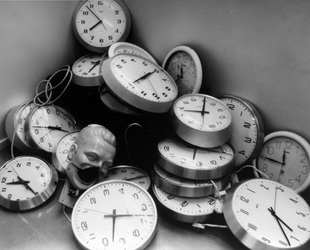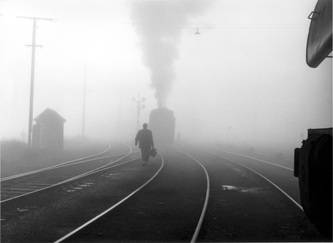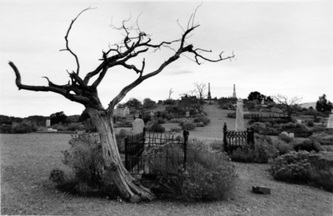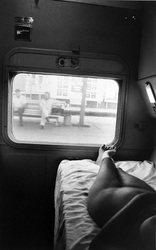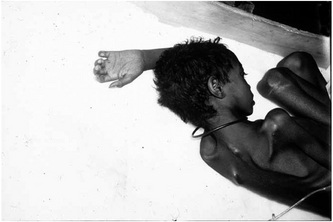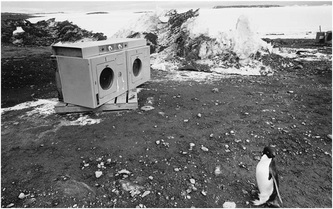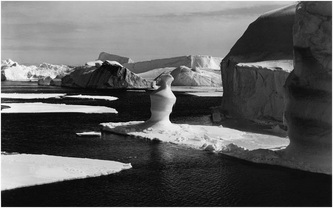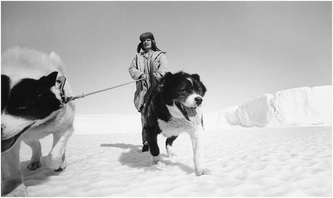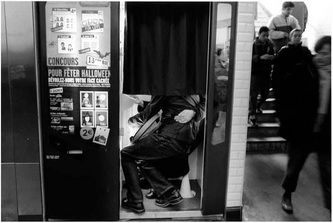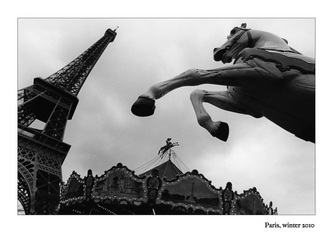Hailing from Mandurah, Trevor Collens now lives in New York working as a freelance photographer. He has covered sports, news, and feature events and his work has been published in newspapers across the World including USA Today, London Telegraph, Time Magazine, The Sydney Morning Herald and The West Australian. His work has also been selected in Life magazine’s Pictures of the Year collection.
Trevor first discovered photography in the form of a gift wrapped Kodak 126 camera for Christmas when he was 11. He was instantly in love, using his family, friends and pets as models. “Our dog was probably the most heavily photographed animal in Western Australia,” Trevor remembers.
Without knowing exactly where he was headed in life after school, Trevor applied at The West Australian for a junior office job. He recalls how the newspaper presses still operated in the building and of course his favourite place there, the photographic department. “The photographers always told the best jokes and I just liked the vibe, and always knew that this was where I wanted to be.” At 18 years old Trevor was transferred to train as a photographic technician, his “foot in the door”.
His move to New York came several years later in 2008, after marrying a New Yorker and tiring of his new role as Chief of Staff for The West. “I didn't get to shoot as much as I would have liked and photographers at the paper were going through a difficult time with the (now former) editor who placed very little importance or value on pictures. I just grew tired of day after day after day of seeing great photos cropped to headshots.”
With New York came a whole new set of opportunities and obstacles.
Greta: How difficult was it to get work in New York?
TC: I had a couple of introductions to picture editors at AP and Reuters from friends who worked in the Australian bureaus, and also an informal agreement with Fairfax to contribute pictures to The Sydney Morning Herald and The Age and of course The West Australian, but that was it.
To get access to any kind of meaningful media event you need to have press credentials with both the U.S. state department foreign press centre and the NYPD, and a lot of newsworthy stuff happens at the United Nations as well, so first off I had to establish credential and accreditations, then I was good to go.
Surprisingly things started off quite well. I showed my work to AP and Reuters and they both offered me stringer contracts with promises of work in the near future, and within a week of arriving in New York I got sent to the Bahamas on assignment. I was working pretty much full time straight away.
But within a few months the Great Financial Crisis hit and everything went into lockdown. That gradually eased, and I started to pick up work for various Australian government entities here such as the Australian mission to the UN, as well as doing everything from red carpets to the President for various papers and agencies.
It remains a continuing struggle for work though, and I don't think it's going to get any better. Newspapers in the US are struggling, and are getting rid of photographers rather than hiring more so there is a vast pool of underemployed press photographers, but underlying all that is the change in fundamentals in the last few years with the advent of digital cameras, and cheap or free images available to a picture editor on a budget from sites like Flickr.
Greta: What do you think makes you different from other aspiring photographers who have not reached the same level of success?
TC: I certainly don't consider myself as a particularly skilled photographer, more reliable than creative really, but my strengths aren't necessarily related to the act of shooting pictures.
More than anything I have been fortunate to have access to events as there is no doubt that being on staff and assigned makes a vast difference in availing yourself of picture opportunities. You can be the greatest photographer in the world but if you can't get to your subject it's of no use, and once out freelancing I was able to apply what I learnt about gaining access beyond the public barriers. The point is to make sure that you are one of the three or four photographers in the room. You just can't turn up to an event unannounced.
And that means spending a lot of time researching where and when the event is happening, establishing the key people to contact, writing emails and making phone calls, arranging credentials, negotiating your way through security and so on.
The ability to communicate clearly and coherently with contacts is a crucial skill in the news business and something I feel most photographers don't put enough emphasis on.
Greta: What qualities do photographers need to make it in a city like New York?
TC: The sheer size of the market here means that the competition is intense, but there are also a lot of opportunities. The qualities needed probably apply to any endeavor - perseverance, persistence and preparation, pragmatism and an ability to deliver on promises. But also don't be naive and allow yourself to be talked into working for little or no pay on the promise that it will lead to greater things, because generally it won't.
Before moving to New York I suffered from a minor bout of self-doubt about whether I was good enough to rise to the standard expected in New York City, and make no mistake there are some very, very good shooters here. But I don't think the standard of work from the rank-and-file guys is all that great, to be honest. I didn't realise how high the general standard of news photography was in Australia until I left, so perhaps another helpful quality to make it in New York is have some confidence in your work.
Greta: What are the main differences between working in Perth and New York, if any?
TC: Mainly logistics. I don't use a car in the City, it's pointless. So that means I have to get around on the subway or by walking or occasionally get a cab. I don't like to carry my gear openly so I have to pare it down so I can carry it in a nondescript backpack so I'm down to 2 bodies (7D and 1D mk III) 2 lenses (16-35 and 70-200) a flash and my pocket wizards.
And huge numbers of other photographers on jobs. I gave up doing fashion week a couple of years ago after counting 82....yes 82!! ..other photographers ahead of me in the line to get on the riser.
As I mentioned earlier there are loads of opportunities in all branches of photography such as fashion, advertising, weddings. It is the world capital of many of these industries so it's the place to be, but similarly it attracts people from all over the world so the competition is intense.
Greta: Have you always been a freelancer, or is it something you worked your way into?
TC: No, I did some freelance work in the past but only as a sideline to expand my horizons while having the staff job to fall back on, but this is the first time in my career I've ever earned my income solely from freelancing. I'd probably earn more money driving a cab but this is more fun.
Greta: Being a freelancer, you have to sell your own images. What is the key to selling to major publications?
TC: Sometimes I get assigned to a particular job, or if there's something that might be of interest I'll send emails, but I also have an agency I send pictures to who sell them on my behalf.
I'm moving more away from agencies though, as they take up to half the sale price as their commission and sadly I'm finding that the reputation that they have earned for being disreputable and dishonest with royalty payments is, in many cases, well deserved.
I am spending more time concentrating on building an archive on my website that allows my images to be found by someone searching for their subject via Google or whatever, and my image is the one that pops up and provides them with a pathway to buy it via e-commerce. This involves making sure that every image has been search engine optimized with deadly accurate caption information and keywords to give it the absolute best chance of being found. I'm just finalising the site now but already have had several sales out of the blue to big publications.
Greta: What is the best piece of advice you would offer to young photographers hoping to become freelancers?
TC: Of course you will need to be a competent photographer, but keep it real and don't get distracted by inanities. Spending all your time waffling on about how creamy the bokeh is on your new F1.2 lens, or how your purist ideals would never allow you to use a flash and will only ever shoot available light doesn't mean you're an expert, it means you're a wanker. Learn that the subject matter is far more important than the background, and learn how to light creatively with a flash. Pragmatism is everything.
Understand that as a freelancer you will only spend a very small percentage of your time actually shooting pictures. You will be on the phone, writing emails, archiving, researching, planning, performing monotonous office tasks and updating websites. It is a business and you must approach it as such.
If at all possible retain your copyright. Understand how copyright works and how you can enforce, assert and defend it if necessary. Never sign anything relating to copyright unless you thoroughly understand what the implications are.
Have an archive, and consistent workflow procedures so that you can find images once you've filed them. Make use of the ITPC data and keyword fields and be very, very accurate with caption information. That means correct identification of people, and correct spelling and grammar. This is what separates amateurs from professionals.
And have a decent web site or photo book that you can market yourself with.










